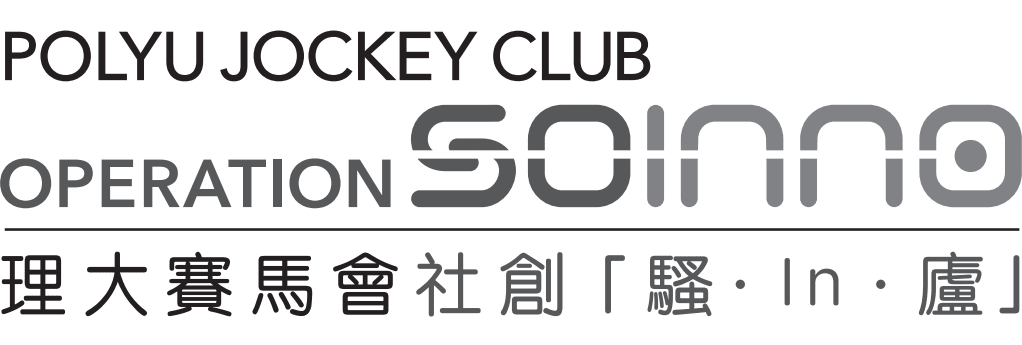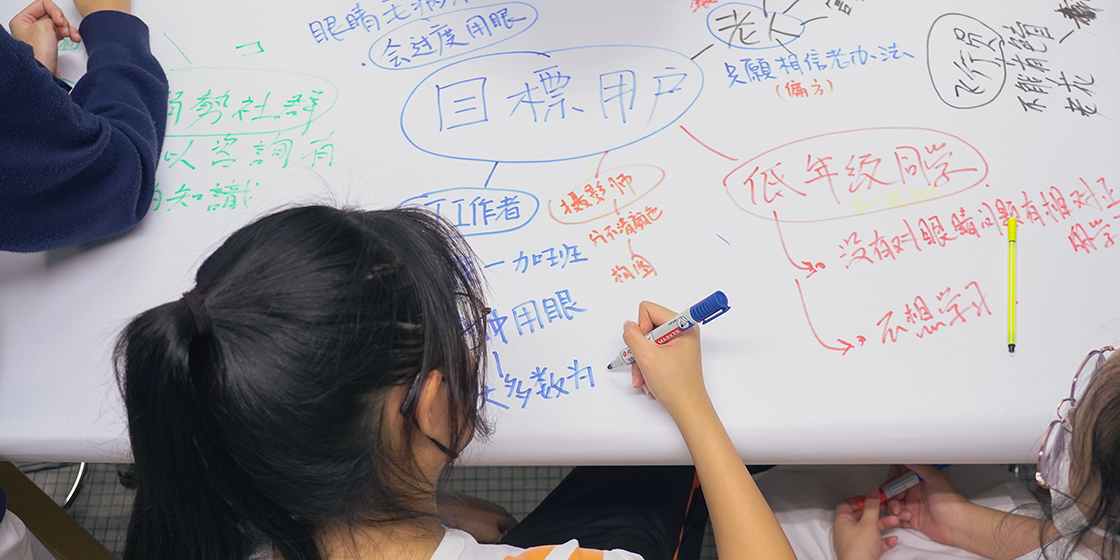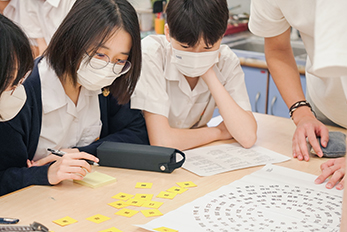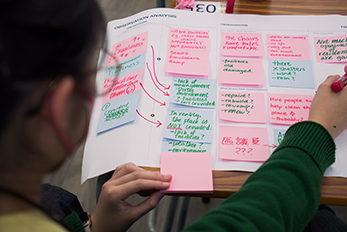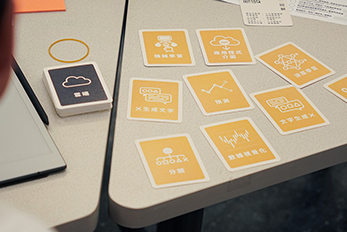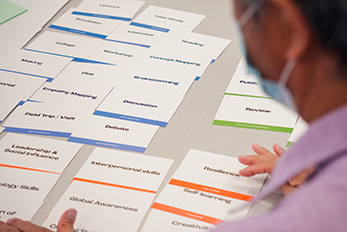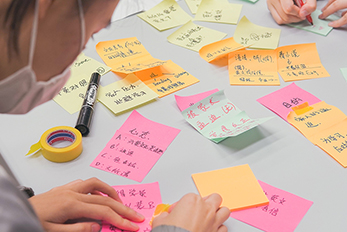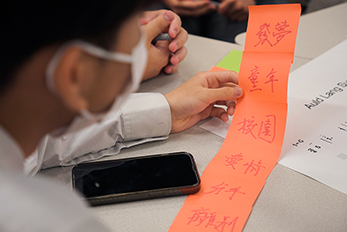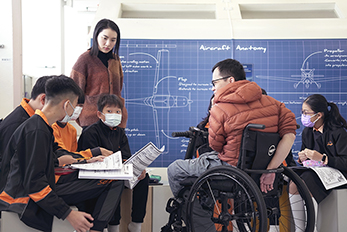WHAT is it?
In this exercise, students learn by discovering the needs of people with visual impairment. They also learn to solve problems involving different challenges.
WHY teach it?
This is a good exercise for students to gain empathy for people with abilities different from their own, and hence it is also a good way for them to reflect on their own embodied experiences. The task also introduces the practice of comparing ideas and information gathered from different sources. Thus, it helps build creative confidence.
HOW to do it?
Instructions:
Arrange students into groups of 5–6
▸ Introduction (10mins)
Explain the goal of the session and the several steps that the
students will go through.
▸ Blindfolding experience (20 mins)
Students are blindfolded for tasting food and drink. They are then asked to think about the following questions: ‘What kind of challenges are involved in eating when you cannot see?’ and ‘How might people with visual impairment solve this problem?’
▸ Web Searching (20 mins)
Students search on the Web for answers to these same two questions. Lead the students to define appropriate search keywords for this task.
▸ Comparison, discussion and design (60 mins)
Students compare the ideas they imagined with the real solutions that people have designed for themselves. They then take insights from both in trying to come up with a new way of eating (including different types of tableware, cups and even food or restaurants).
▸ Presentation and debriefing (30 mins)
Teaching Tips
Although technological devices, such as sensors, could help develop useful tools, first lead the students to think of low-tech solutions. Inspiration can come from the real solutions or fixes that people have already devised, from which students can be led to translate makeshift workarounds into their designs.
